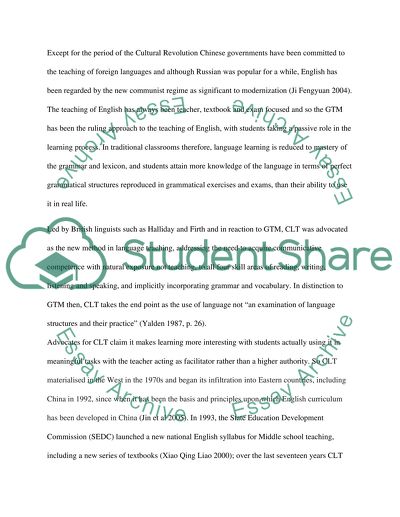Cite this document
(The Use of CLT to Teach English Grammar within Chinese Rural Schools Case Study, n.d.)
The Use of CLT to Teach English Grammar within Chinese Rural Schools Case Study. Retrieved from https://studentshare.org/education/1566090-grammar-teaching-analysis-in-rural-china
The Use of CLT to Teach English Grammar within Chinese Rural Schools Case Study. Retrieved from https://studentshare.org/education/1566090-grammar-teaching-analysis-in-rural-china
(The Use of CLT to Teach English Grammar Within Chinese Rural Schools Case Study)
The Use of CLT to Teach English Grammar Within Chinese Rural Schools Case Study. https://studentshare.org/education/1566090-grammar-teaching-analysis-in-rural-china.
The Use of CLT to Teach English Grammar Within Chinese Rural Schools Case Study. https://studentshare.org/education/1566090-grammar-teaching-analysis-in-rural-china.
“The Use of CLT to Teach English Grammar Within Chinese Rural Schools Case Study”, n.d. https://studentshare.org/education/1566090-grammar-teaching-analysis-in-rural-china.


